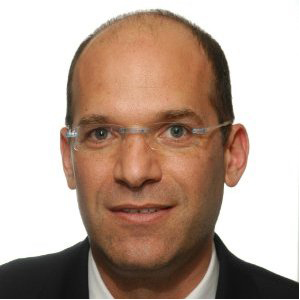Alex Doorduyn

Alex Doorduyn
Business Development & Sales Director, Siklu Communication LtdAlex Doorduyn is a seasoned security industry professional with over 20 years of experience working in the global security market. Alex has held business development, sales, product management and marketing positions with major video surveillance manufacturers, including Pelco, IQinVision and Intransa. Prior to joining Siklu, Alex was a Business Manager at Johnson Controls, leading the company’s security and fire integration business in southern California. In his role as Director of Business Development and Sales for security and surveillance at Siklu, Alex is responsible for growing Siklu’s business in the security market in North America, with particular focus on meeting the demand for fiber-like wireless network connectivity for video surveillance applications.
Round table contributions
Sometimes customers expect more out of a security system. A brand new security system just doesn’t perform as the customer expected it would. In fact, one might argue that the many variables in...
Big security trends are driving change in the physical security market. We see change happening around us every day, and much of it is disruptive to the status quo. We asked this week’s Expert P...
Environmentalism is a universal consideration in most business sectors in 2016. Whether seeking to provide greener products, or looking for new ways to minimize waste of manufacturing processes, most...
Does seeing video cameras at a location make you feel safer or less safe? Do you feel better to know that video surveillance is capturing everything that happens, thus discouraging crime? Or do you th...
It’s a challenging time for security integrators and installers. Equipment prices are going down (along with margins), and commoditization is wiping away what used to be the advantage of exclusi...
Ensuring privacy is often a concern for video surveillance systems, especially in situations where a system intended for “public” surveillance could somehow, perhaps inadvertently, view pr...
Articles by Alex Doorduyn
In 2017 we saw a lot of new construction projects, and many existing buildings upgraded their security systems to include high-resolution cameras and better-quality recording systems. Because the econ...
News mentions
The city of Cambridge, Cambridgeshire, is a well-known historic English city located approximately 80 kilometres north of London on the River Cam. Settled in the first century, B.C., Cambridge is one...
Siklu millimeter-wave wireless radios are now certified with Milestone XProtect video management software platform Siklu Inc., the global market leader in millimeter-wave radios, an...
Siklu hopes to leverage Doorduyn’s outstanding experience in the security industry Siklu, the leading millimeter-wave company, is proud to announce Alex Doorduyn, former Busin...













































